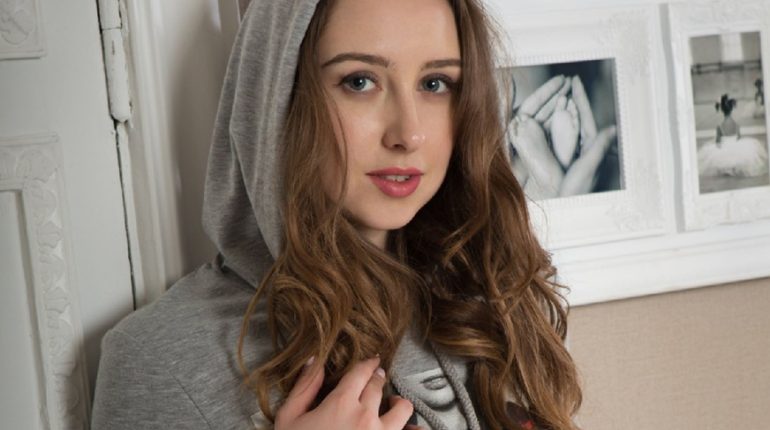When Veronica Allen left her corporate job to start her own photography business, she felt liberated — until her health insurance expired. “That’s when I realized how complicated the system is,” she recalls.
As a freelancer, she had to find coverage alone, and the maze of plans, deductibles, and jargon was overwhelming. Her journey toward finding affordable health insurance quotes taught her more about financial planning than any business course ever had. “It’s not just about price,” she says. “It’s about protection that fits your reality.”
Understanding the True Cost Behind Health Insurance Quotes
Veronica’s first instinct was to shop for the lowest premium. “When I saw a plan for $180 a month, I thought I’d struck gold,” she laughs. But three months later, a routine doctor visit revealed the hidden truth — her deductible was $9,000. “It was affordable until I needed it,” she says.
That experience changed how she interpreted health insurance quotes. Instead of fixating on monthly costs, she began studying the details — out-of-pocket limits, co-pays, and network restrictions. “An affordable quote doesn’t mean cheap coverage,” she explains. “It means smart balance.”
She began using online comparison tools to gather multiple health insurance quotes from reputable providers. But instead of just filtering by price, she added filters for coverage value. “It’s like buying a car,” she says. “You don’t pick the cheapest; you pick the safest with good mileage.” Veronica also learned to read between the lines of advertised premiums — understanding subsidies, age brackets, and regional differences. “What I pay in Denver might be double what someone in Kansas pays,” she notes. “Location changes everything.”
How Veronica Found Affordable, Reliable Coverage
After weeks of research, Veronica narrowed her choices to three providers offering transparent online quotes. One included free preventive care and mental health visits; another had lower deductibles but smaller networks. “I made a spreadsheet to compare them side by side,” she recalls. The process was tedious but empowering. She eventually chose a plan with moderate premiums, fair co-pays, and nationwide coverage — the right mix for a self-employed person who traveled often. “I realized that affordable doesn’t mean minimal; it means optimized,” she explains.
Her biggest breakthrough came when she learned about state subsidies through the Affordable Care Act marketplace. By accurately reporting her freelance income, she qualified for tax credits that lowered her monthly payment by nearly 40%. “Most freelancers don’t know they’re eligible,” she says. “If you don’t explore that, you’re leaving money on the table.”
Veronica’s Practical Advice for Affordable Health Insurance Quotes
Veronica now helps friends decode their own quotes. Her first rule: always compare at least three options. “Don’t stop at the first cheap premium,” she warns. Her second rule: check for annual out-of-pocket maximums — a detail many overlook. “That’s your worst-case scenario number,” she explains. “If it’s too high, you’re gambling.” She also suggests calling insurers directly to confirm coverage details before signing. “Websites can be vague; customer service reps can clarify hidden clauses.”
Finally, she advises people to review quotes annually. “Rates and benefits shift every year,” she says. “Last year’s best deal might be this year’s trap.” Veronica now sets a calendar reminder every October to review marketplace plans before open enrollment ends. “It’s like checking your smoke alarm — it’s boring, but it protects your life.”
Today, she pays about $260 monthly — a figure she considers fair for comprehensive peace of mind. “It’s not about chasing the lowest quote,” she reflects. “It’s about making sure that when life surprises you, your plan doesn’t.” Her story shows that true affordability in health insurance comes from understanding, not shortcuts.





























































